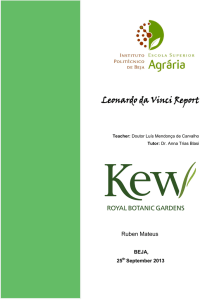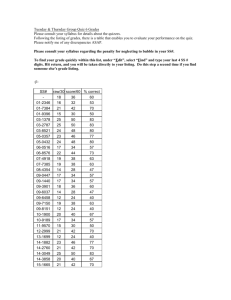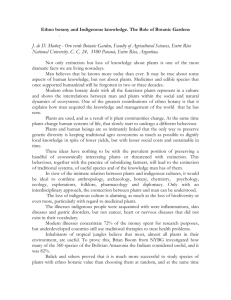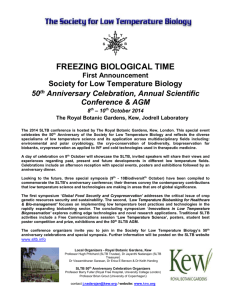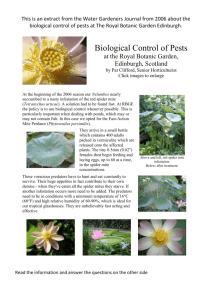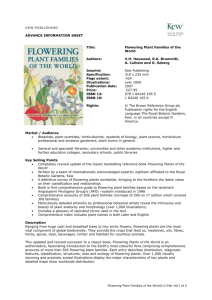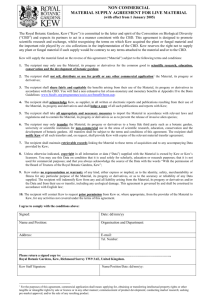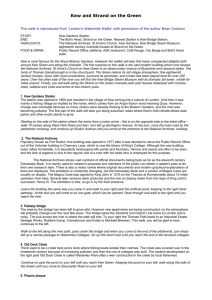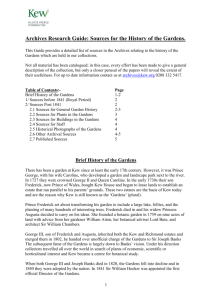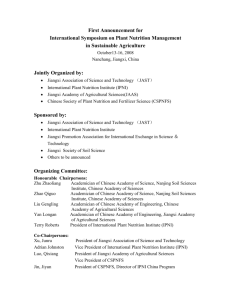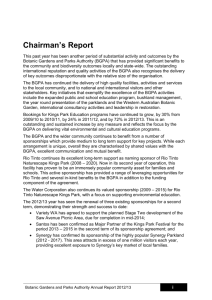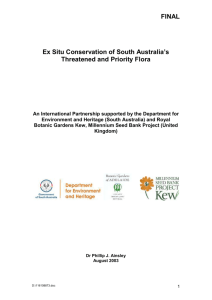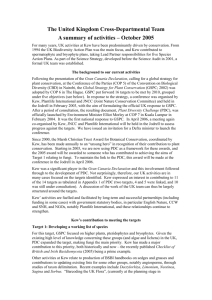International Plant Names Index is Launched
advertisement
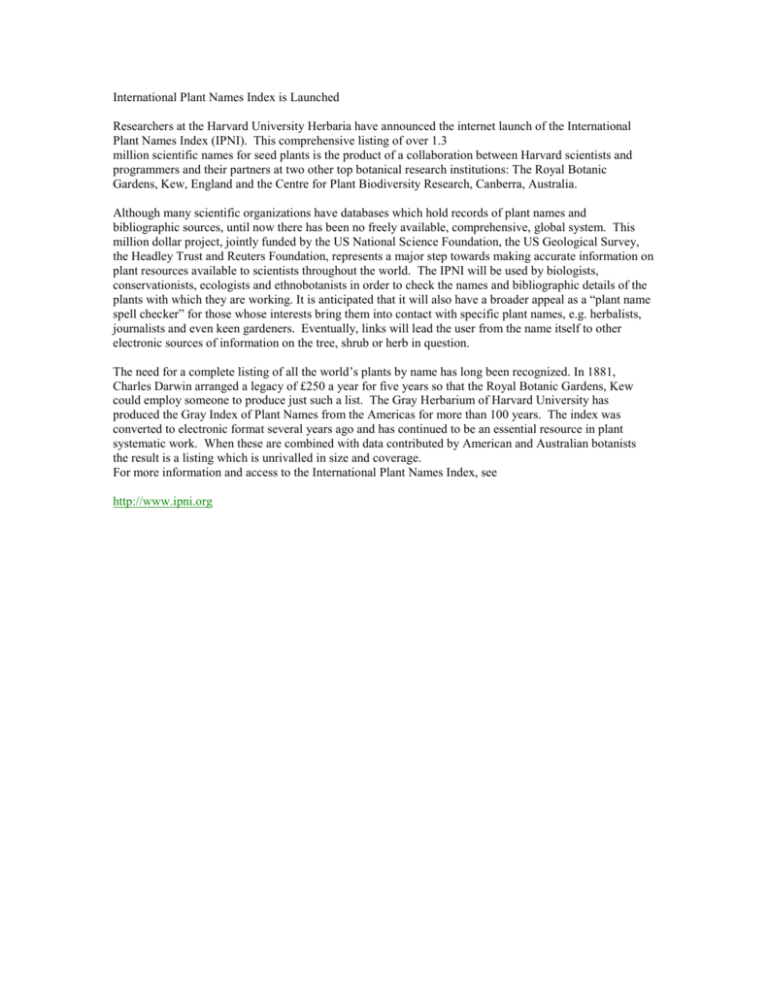
International Plant Names Index is Launched Researchers at the Harvard University Herbaria have announced the internet launch of the International Plant Names Index (IPNI). This comprehensive listing of over 1.3 million scientific names for seed plants is the product of a collaboration between Harvard scientists and programmers and their partners at two other top botanical research institutions: The Royal Botanic Gardens, Kew, England and the Centre for Plant Biodiversity Research, Canberra, Australia. Although many scientific organizations have databases which hold records of plant names and bibliographic sources, until now there has been no freely available, comprehensive, global system. This million dollar project, jointly funded by the US National Science Foundation, the US Geological Survey, the Headley Trust and Reuters Foundation, represents a major step towards making accurate information on plant resources available to scientists throughout the world. The IPNI will be used by biologists, conservationists, ecologists and ethnobotanists in order to check the names and bibliographic details of the plants with which they are working. It is anticipated that it will also have a broader appeal as a “plant name spell checker” for those whose interests bring them into contact with specific plant names, e.g. herbalists, journalists and even keen gardeners. Eventually, links will lead the user from the name itself to other electronic sources of information on the tree, shrub or herb in question. The need for a complete listing of all the world’s plants by name has long been recognized. In 1881, Charles Darwin arranged a legacy of £250 a year for five years so that the Royal Botanic Gardens, Kew could employ someone to produce just such a list. The Gray Herbarium of Harvard University has produced the Gray Index of Plant Names from the Americas for more than 100 years. The index was converted to electronic format several years ago and has continued to be an essential resource in plant systematic work. When these are combined with data contributed by American and Australian botanists the result is a listing which is unrivalled in size and coverage. For more information and access to the International Plant Names Index, see http://www.ipni.org


